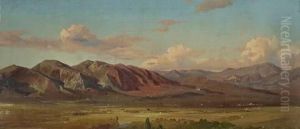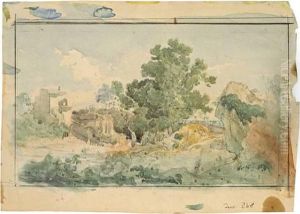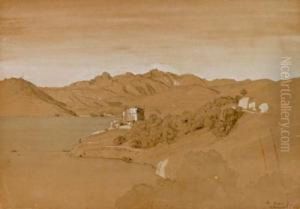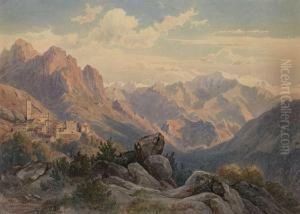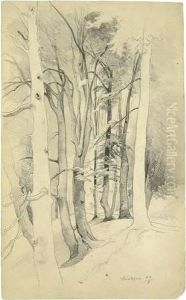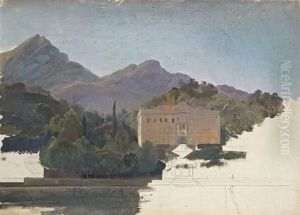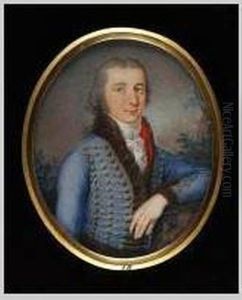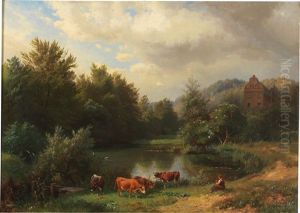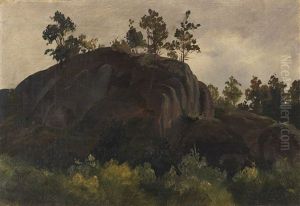Carl Hummel Paintings
Carl Hummel was a 19th-century German landscape painter, known for his distinct style and contribution to the romantic movement in art. Born on February 25, 1821, in Königssee, Thuringia, he was part of a family of artists, which included his uncle, the famous composer Johann Nepomuk Hummel.
Hummel studied art at the Weimar Saxon-Grand Ducal Art School, where he was influenced by the German Romantic painter Caspar David Friedrich. His education and talent earned him a travel scholarship from the Grand Duke of Weimar, which he used to embark on a journey across Europe. During his travels, he visited Italy, a common destination for artists of the time seeking to study light and landscape. His experiences in Italy profoundly influenced his later work, and he spent a significant time in Rome, which was a hub for artists and intellectuals.
After returning to Germany, Hummel established himself in Weimar and became a part of the local artistic community. His works from this period are characterized by their meticulous detail and use of light, often capturing the tranquil beauty of the German countryside and the grandeur of its mountains. He was particularly adept at portraying the atmospheric effects of different times of day and seasons upon the landscape.
Hummel's landscapes were not just aesthetically pleasing; they also reflected the Romantic era's interest in nature as a source of inspiration and spiritual experience. His paintings often evoke a sense of contemplation and reverence for the natural world, aligning with the Romantic movement's emphasis on emotion and the sublime.
Throughout his career, Carl Hummel received recognition for his contributions to landscape painting and was awarded various honors. He continued to paint and inspire other artists until his death on January 24, 1907, in Weimar. Today, his works can be found in several German museums, where they continue to be appreciated for their beauty and historical significance.











